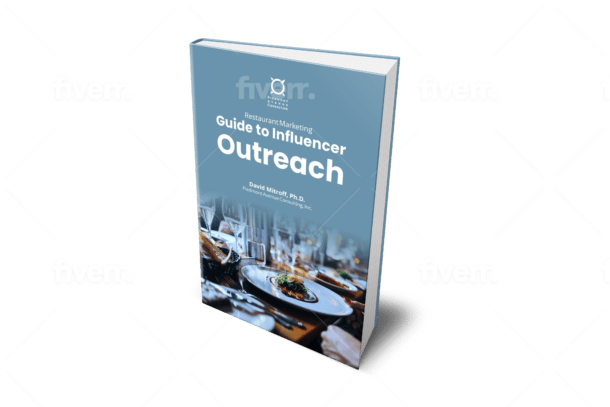Modern organizations manage complex benefit programs where data—not assumptions—drives smarter decisions. Benefit utilization analytics reveals how claim records and participation trends reflect the real value of each plan and where budgets are actually spent. Without this level of visibility, even well-designed programs can drift away from what employees genuinely value and rely on.
A single dashboard that unites claims, enrollment, and participation data gives HR and finance teams early visibility into shifting trends. Spotting underused programs or emerging needs before renewal allows decisions based on evidence, not assumption. This proactive approach keeps spending aligned with employee priorities and strengthens both satisfaction and measurable business performance.
Exposing Cost Inefficiencies Hidden in Plain Sight
A close look at participation and cost data often exposes benefits that attract little attention yet consume significant funding. Mapping usage rates against total spend reveals where budgets drift toward low-value or duplicate offerings. As one employee benefits consultant service notes, “When you work with transparent vendors, you know exactly where your dollars are going, and you no longer have vendors charging exorbitant fees behind the scenes without your knowledge.” That transparency helps redirect capital toward high-demand programs, improving employee satisfaction and financial efficiency without cutting meaningful support.
Comparing claim categories with workforce demographics highlights design flaws and unseen cost drivers. Frequent out-of-network claims may signal gaps in provider coverage, while unusually high administrative fees often point to renegotiation needs. Confirming vendor reporting accuracy and tying every cost to measurable outcomes strengthens renewal discussions, keeping each benefit aligned with performance and genuine employee value.
Turning Data Into Direction
Utilization data transforms decision-making from instinctive to intentional. Clear usage trends expose which programs support retention and which waste resources. Detecting shifts early—like dropping participation or rising claims—allows HR teams to act before issues deepen, keeping benefits relevant and aligned with how employees actually live and work.
Breaking insights down by department, shift, or location turns vague totals into precise action points. Patterns reveal where communication or scheduling limits access. Linking these findings with absenteeism and turnover data exposes the real cost of poor engagement—giving leaders a direct path from analysis to meaningful, measurable change.
Aligning Benefits With Workforce Reality
Utilization analytics reveals how well benefits align with daily work patterns and personal priorities. Comparing participation across wellness, retirement, and mental health options highlights engagement gaps between office, remote, and shift-based employees. The findings expose communication or access barriers that HR teams can address through plan adjustments, improved outreach, and greater scheduling flexibility.
Cross-referencing participation data with engagement surveys and exit feedback identifies which benefits reinforce retention and which need revision. Studying communication reach alongside enrollment figures distinguishes awareness shortfalls from accessibility issues. Acting on those findings creates a continuous improvement cycle that strengthens engagement, refines plan design, and deepens employee trust over time.
Turning Analytics Into Negotiation Leverage
Accurate utilization data gives HR and finance leaders hard evidence during renewal and plan design talks. Company trends beat general market averages when asking for changes, and concise utilization summaries justify plan modifications or lower administrative fees. High preventive care participation provides leverage for better stop-loss or renewal terms, since vendors pay attention to documented reductions in avoidable claims.
Flagging persistently underused benefits lets employers cut unnecessary premium costs or reallocate funds, which strengthens their negotiation stance. Present clear utilization highlights and cost impacts in vendor meetings to support requests. Make these summaries part of each renewal packet and quarterly reviews so adjustive conversations are based on recent performance.
Making Analytics a Continuous Practice
Regular utilization reviews make benefits management consistent and evidence-based rather than reactive. Quarterly sessions with HR, finance, and leadership convert recent analytics into specific steps for plan design, communication, and vendor discussions. When dashboards connect directly with HRIS and payroll systems, data flows cleanly across teams, cutting manual work and supporting quicker, more confident decisions.
Concise manager summaries extend these insights throughout the organization, promoting consistent benefits communication and practical use. Treating renewals as checkpoints for refinement keeps offerings aligned with employee behavior and organizational priorities. Embedding this rhythm into annual planning builds agility, transparency, and continuous improvement across every stage of benefits management.
Effective benefits management relies on consistent visibility rather than periodic surprises. Utilization analytics reveals how claims and enrollment patterns connect to actual employee behavior, giving leaders a clear view of impact and opportunity. Understanding genuine usage allows organizations to treat benefits as strategic investments that drive loyalty and performance. Regular reviews replace guesswork with evidence-based planning and accountability. Embedding analytical habits within everyday operations creates lasting balance between employee well-being and fiscal discipline. That equilibrium supports sustainable growth, sharper financial control, and a culture where every dollar spent directly enhances workforce value and organizational strength.








